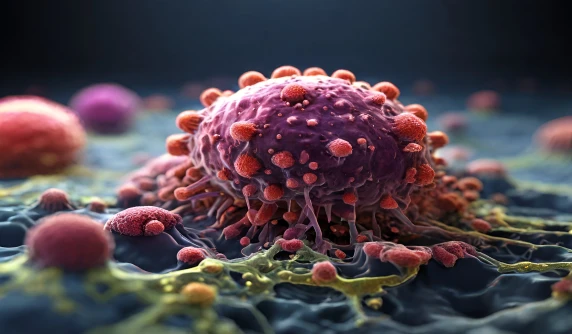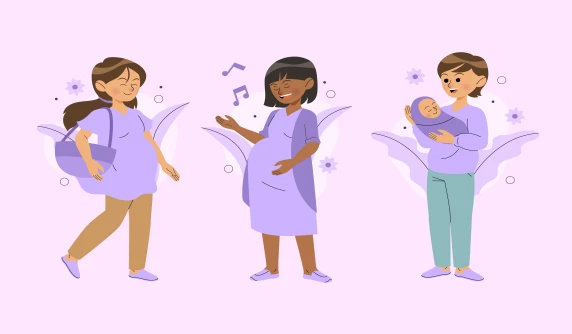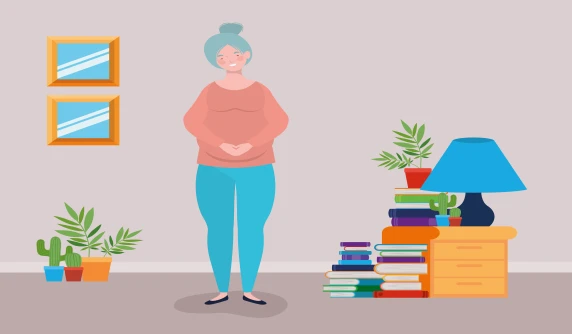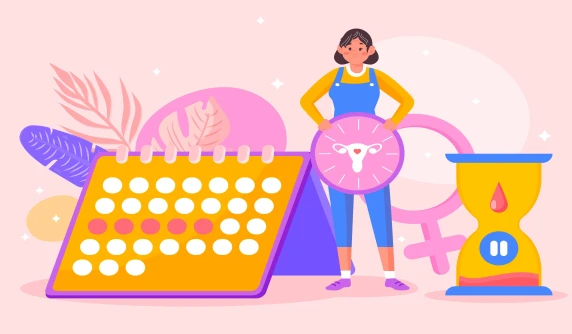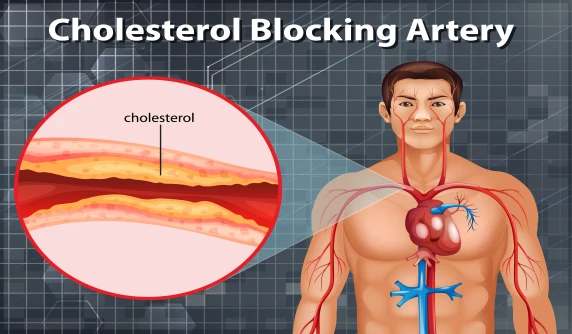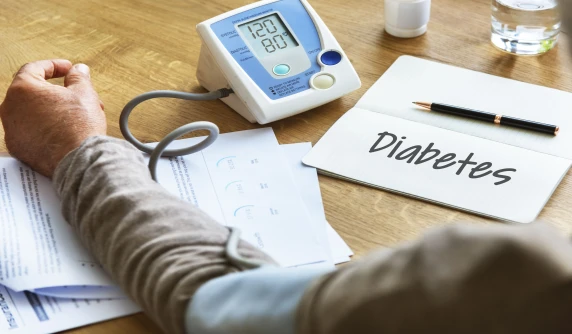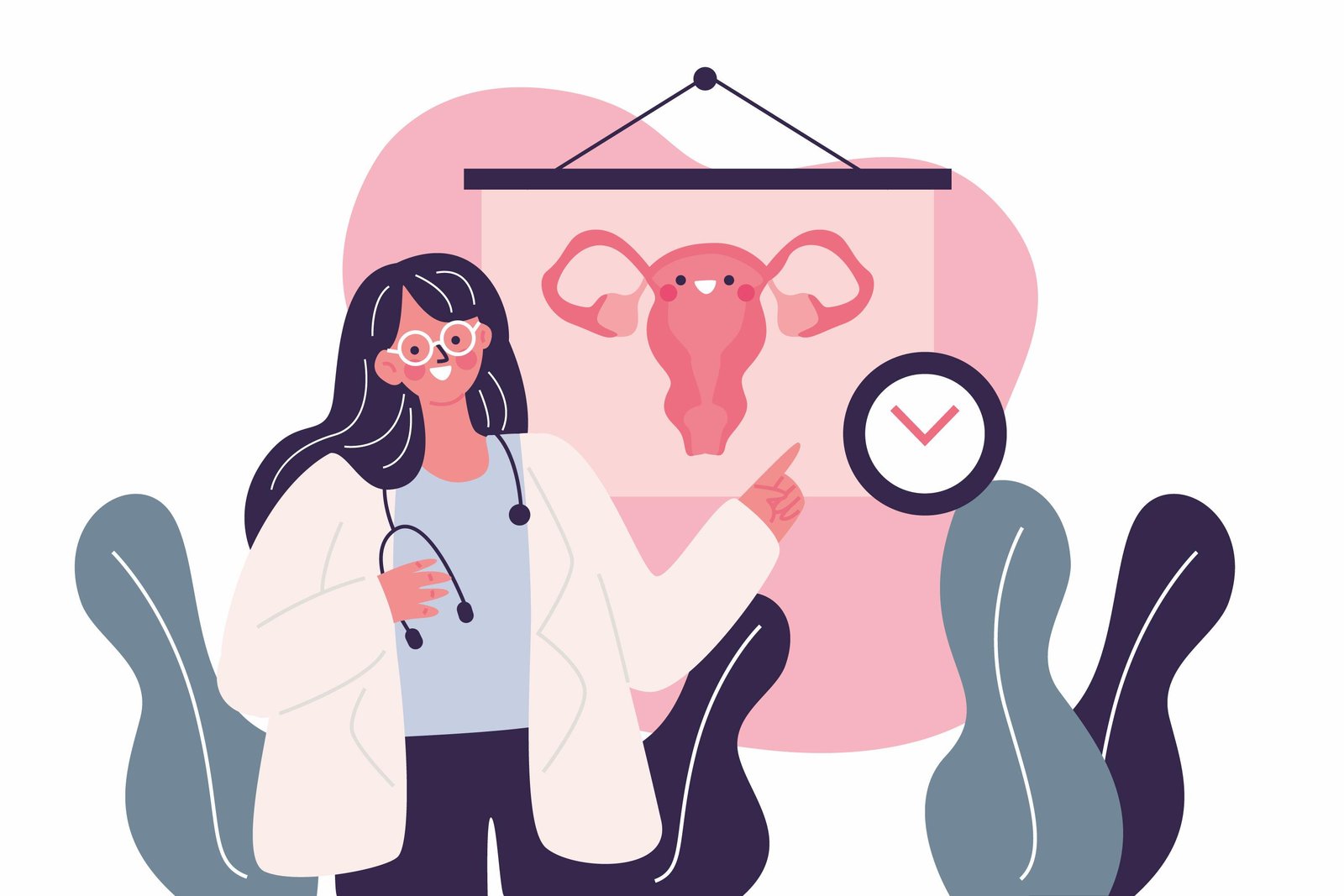
Everything about estrogen you should know
One hormone that affects both the male and female reproductive systems is estrogen . Among other things, it supports breast and reproductive health in females.
The cardiovascular system, bone health, cognitive function, and other vital physiological functions are all facilitated by estrogen.
Most people are aware of it, though, because it works in tandem with progesterone to support female sexual and reproductive health.
The ovaries, adrenal glands, and adipose tissues produce estrogen . This hormone is present in both male and female bodies, but females produce more of it.
In this piece, we take a closer look at estrogen , including its functions, effects on fluctuating hormone levels, and potential medical applications.
Different forms of estrogen exist
Estrone
The body continues to have this kind of estrogen after menopause. It is a less potent type of estrogen that the body can change into other forms of the hormone when needed.
Estradiol
Estradiol is the most prevalent form of estrogen in females during their reproductive years, and it is produced by both sexes.
Osteoporosis, melancholy, sex drive reduction, and acne can all be caused by excessive estradiol. Extremely high concentrations may raise the risk of breast and uterine cancer . Low levels, however, may lead to weight gain and cardiovascular problems.
Estriol
Because estriol promotes uterine growth and gets the body ready for delivery, its levels rise throughout pregnancy. Just prior to delivery, estriol levels peak.
Function
The following organs can function because of estrogen :
-
Ovaries: The egg follicle's development is aided by estrogen .
-
Vagina: Estrogen encourages lubrication and preserves the thickness of the vaginal wall.
-
Uterus: The mucous membrane lining the uterus is improved and preserved by estrogen . It also controls the amount and consistency of mucus discharges from the uterus.
-
Breasts: Estrogen is used by the body to build breast tissue. After weaning, this hormone also aids in halting the milk supply.
Levels of estrogen
Each person has a different amount of estrogen . They also change over the course of a woman's lifetime and during her menstrual cycle. Hot flashes during menopause or mood swings prior to menstruation are two consequences that may occasionally result from this imbalance.
Estrogen levels can be influenced by the following factors:
-
Pregnancy, the time it ends, and nursing.
-
Teenage years.
-
Menopause.
-
Older years.
-
Obesity and overweight.
-
Severe eating disorders or anorexia nervosa.
-
Intense training or activity.
-
The usage of specific pharmaceuticals, such as tetracyclines, steroids, ampicillin, estrogen -containing medications, and phenothiazines.
-
Certain birth defects, such turner's syndrome.
-
Elevated blood pressure.
-
Diabetes.
-
Primary insufficiency of the ovaries.
-
Pituitary underactivity.
-
Pcos, or polycystic ovarian syndrome.
-
Adrenal gland or ovarian cancer s.
Estrogen imbalance
An excess of estrogen causes:
-
Menstruation irregular or nonexistent.
-
Menstrual bleeding, either light or substantial.
-
More intense menopausal or premenstrual symptoms.
-
Sweats at night, hot flushes, or both.
-
Breast and uterine tumors that are not malignant.
-
Mood swings and difficulty sleeping.
-
Gaining weight, mainly around the waist, thighs, and hips.
-
Minimal lust for sex.
-
Atrophy and dryness of the vagina.
-
Weary.
-
Mood swings.
-
Depressive and anxious feelings.
-
Skin that is dry.
A few of these symptoms are typical during the menopause .
High levels of estrogen in men can be caused by many hereditary and non-hereditary disorders, which can lead to:
-
Infertility
-
Erectile dysfunction
-
Larger breasts, known as gynecomastia
Males who have low estrogen levels may be libido deficient and have significant abdominal fat.
Estrogen sources and uses
An individual with low estrogen levels may be prescribed medicine or supplements by their physician.
Products containing estrogen s consist of:
Estrogen therapy
As a component of hormone therapy, also known as hormone replacement therapy, estrogen therapy can help control menopause symptoms.
The course of treatment may comprise progestin, a synthetic form of progesterone, in addition to estrogen (also known as estrogen replacement therapy, or ERT).
A pill, nasal spray, patch, skin gel, injection, vaginal cream, or ring can all be used for hormone therapy.
It can assist in managing:
-
Warm flashes
-
Dryness in the vagina
-
Difficult sexual relations
-
Mood swings
-
Problems of sleep
-
Uncertainty
-
Reduced lust for sex
Additionally, it might lessen the chance of osteoporosis, which becomes more common as a person enters menopause .
Among the side effects are:
-
Bloating
-
Breast soreness
-
Headaches
-
Leg cramps
-
Indigestion
-
Nausea
-
Vaginal bleeding
-
Fluid retention, leading to swelling
In addition, certain forms of hormone therapy may raise the risk of blood clots, breast and uterine cancer, and strokes. A physician can provide advice on the suitability of estrogen therapy for an individual.
Apart from menopause, estrogen treatment can also assist in resolving:
-
Primary insufficiency of the ovaries.
-
Additional ovarian problems.
-
Specific forms of acne.
-
A few instances of prostate cancer .
-
For instance, delayed puberty in turner's syndrome.
Certain forms of breast cancer may be more likely to develop and progress with higher estrogen levels. Certain hormone therapies impede the effects of estrogen to prevent or delay the growth of cancer.
Not everyone responds well to hormone therapy. A family history of thyroid problems or breast cancer could make utilizing hormones inconsistent. Those who are unclear can consult a physician.
Birth control
Progestin alone or synthetic estrogen and progestin are the ingredients in birth control pills.
Some types ensure that hormone levels remain constant throughout the month to prevent pregnancy by stopping ovulation.
Additionally, they thicken the cervix's mucus to prevent sperm from getting to the egg.
Reducing the severity of hormone-related acne and premenstrual symptoms are two other applications.
The following risks may rise with birth control pills:
-
Heart attack.
-
Stroke.
-
Blood clots.
-
Pulmonary embolism.
-
Nausea and vomiting.
-
Headaches.
-
Irregular bleeding.
-
Weight changes.
-
Breast tenderness and swelling.
Women who smoke or are over 35 are more at risk when using oral birth control. Breast cancer risk may also increase with prolonged use.
Food sources of estrogen
Phyto estrogen s are estrogen -like compounds derived from plants that are present in certain meals.
According to certain research, they could have an impact on the body's estrogen levels. Nevertheless, there is little data to support this.
Phyto estrogen -containing foods include:
-
Cruciferous vegetables
-
Soy and some foods containing soy protein
-
Berries
-
Seeds and grains
-
Nuts
-
Fruit
-
Wine
There is no scientific evidence to support the belief held by some individuals that meals high in phyto estrogen s can help control hot flashes and other menopausal symptoms.
Furthermore, consuming complete soy foods, for instance, is not expected to have the same impact as supplementing with soy extracts.
Supplements
Phyto estrogen s, which function similarly to estrogen , are present in several herbs and supplements. These might assist in controlling estrogen and managing menopausal symptoms.
Some instances are:
There is little data to support the safety and efficacy of these substances, particularly over the long run, and it is unknown precisely how they impact estrogen and estrogen -related activity in the body. More research has been demanded by researchers.
Furthermore, herbal and non-medicinal supplementation are unregulated by the Food and Drug Administration (FDA). It is therefore impossible to determine for sure what a product includes.
Before taking any vitamins or drugs, people should consult a doctor.
Frequently asked questions
Here are a few frequently asked questions concerning estrogen .
What physical effects does estrogen have?
Numerous biological processes are impacted by estrogen , including:
-
Stimulation of the growth of egg follicles.
-
Maintaining the thickness of the vaginal wall and lubricating the vagina.
-
Maintaining the mucous membrane in the uterus.
-
Breast tissue development.
What is the effect of high estrogen on a female?
Elevated concentrations of the estrogen estradiol can result in the following:
-
Acne
-
Low sex drive
-
Depression
-
Higher risk of uterine and breast cancer
What happen when an individual has low estrogen?
Low estradiol levels may be linked to weight gain and heart problems. Symptoms of an estrogen imbalance might also include:
-
Menstrual cycle changes
-
Warm flashes
-
Mood swings
-
Low desire for sex
-
Dry skin
